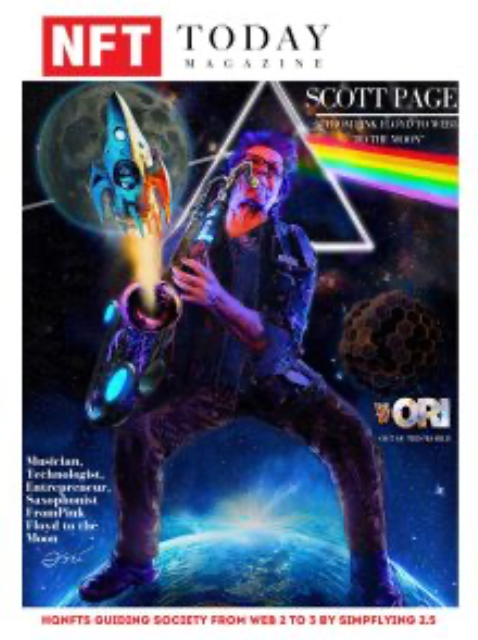Ethereum’s Lost Edge? How Eclipse is Bridging the Gap Between Solana and Ethereum
Staff Writer • 2025-02-28
Vijay Chetty on why Ethereum needs to adapt, Solana’s rising dominance, and the future of high-performance blockchains For years, Ethereum has been the undisputed leader in blockchain development. It pioneered smart contracts, set the standard for decentralized applications, and was the backbone of the DeFi boom. But in recent years, the narrative has shifted. Solana, with its high-speed transactions and low fees, has emerged as a serious challenger, drawing developers and users away from Ethereum’s ecosystem. According to Vijay Chetty, CEO of Eclipse, Ethereum has suffered from its own success, losing momentum as newer blockchains push the boundaries of scalability and efficiency. “If you get big, you get comfortable, and the pressure to innovate or adapt lessens,” Chetty said on the Stonks Go Moon podcast. “Ethereum had this explosion during DeFi summer, but recently, Solana has really taken the mantle with a higher potential for mainstream adoption.” The issue is twofold. First, Ethereum’s network congestion and high gas fees have made it difficult for developers to build scalable applications. Second, the ecosystem has become fragmented, with Layer 2 solutions attempting to solve Ethereum’s limitations but often introducing new complexities. This is where Eclipse comes in. Solana on Ethereum? Eclipse Thinks It’s the Answer Eclipse is positioning itself as the bridge between Ethereum and Solana. The Layer 2 solution combines Solana’s virtual machine for execution with Ethereum’s liquidity and user base. Essentially, it offers Solana’s performance without requiring developers or users to abandon Ethereum entirely. “We often refer to Eclipse as ‘Solana on Ethereum,’” Chetty explained. “You’re bringing Rust-based apps and these really high-performance applications, but you still get to use Ethereum assets like ETH and other ERC-20 tokens.” For developers, this means access to Solana’s speed without sacrificing Ethereum’s established security and liquidity. One of the biggest advantages is that Rust, the primary programming language for Solana, is already popular in traditional tech circles, which could help onboard more developers from outside the crypto space. The Blockchain Scalability Race The demand for higher throughput and lower costs isn’t just about improving DeFi applications—it’s about enabling entirely new use cases. Chetty pointed to on-chain gaming as an area that desperately needs better blockchain performance. “Games that require thousands of transactions per second simply can’t operate effectively on Ethereum’s current infrastructure,” he said. Eclipse recently demonstrated this with Moo Games, a high-speed, low-cost gaming competition inspired by Squid Game. By running it on Eclipse, developers were able to eliminate high gas fees and improve user experience, leading to significantly higher engagement. Is Institutional Adoption the End Goal? Another hot topic in crypto is institutional adoption. Many believe that the future of DeFi hinges on traditional financial players moving on-chain. While Chetty acknowledges the importance of institutional involvement, he argues that the real mission is to create something better than traditional finance, not just replicate it. “It’s not about bringing Wall Street on-chain,” he said. “It’s about making it better, creating a step-function improvement so that all users—not just institutions—can benefit from it.” Coming from a background at BlackRock, the world’s largest asset manager, Chetty understands institutional capital’s influence. But he sees the true promise of blockchain as expanding financial access and making systems more open. While compliance and regulation remain hurdles, the real battle is ensuring that decentralization remains at the core of blockchain’s evolution. The Future of Ethereum and Solana’s Coexistence Ethereum isn’t going away. With its upcoming upgrades and continued dominance in liquidity, it will remain a major force in blockchain. But the days of Ethereum being the only smart contract platform that matters are over. With Solana gaining traction and solutions like Eclipse offering hybrid models, the industry is shifting toward a multi-chain future where performance, cost, and accessibility dictate success. For Eclipse, the mission is clear: bring the best of both worlds together. Whether Ethereum can reclaim its dominance or whether Solana continues its rapid rise, one thing is certain—blockchain innovation isn’t slowing down, and the race for the future of Web3 is far from over.
See More Posts
A look at how NFTS, Web 3, Gaming, Cryptocurrencies and Blockchain are reshaping businesses across the globe.
@NFT Today Magazine


